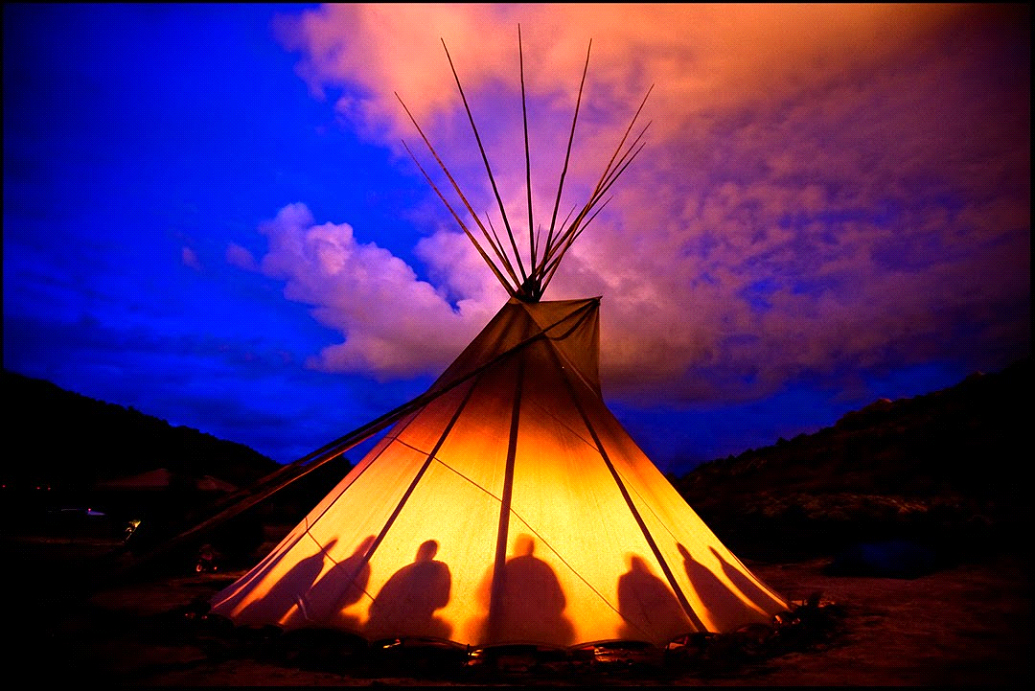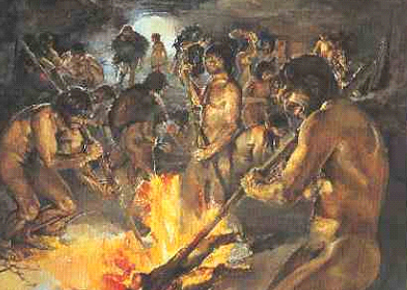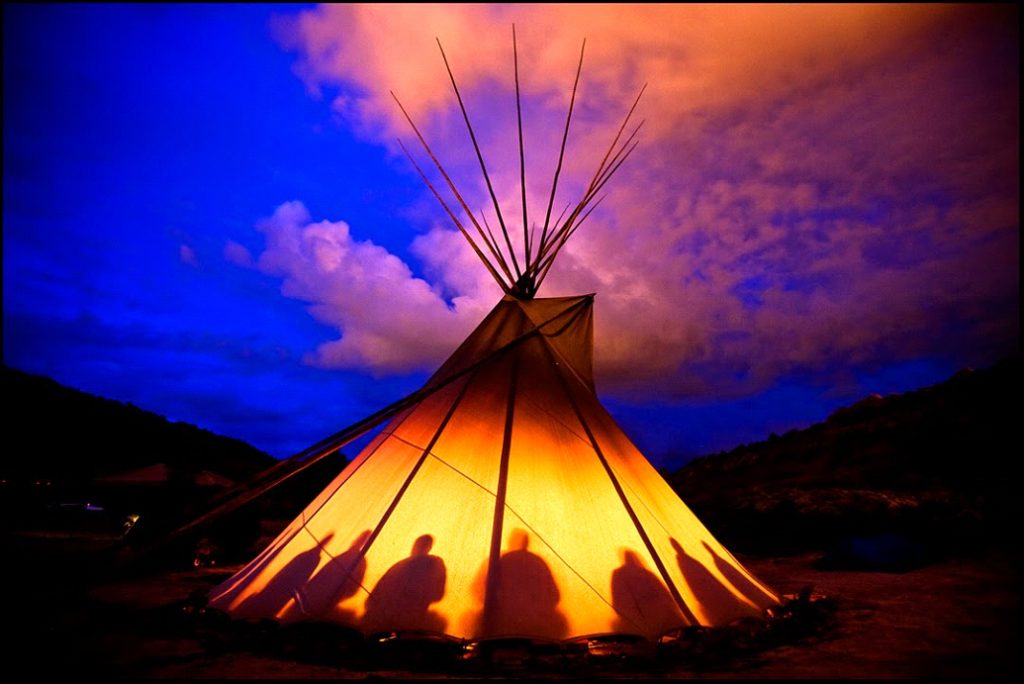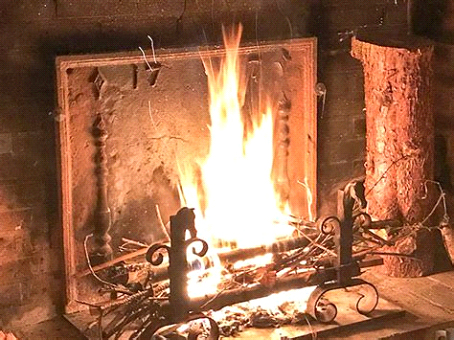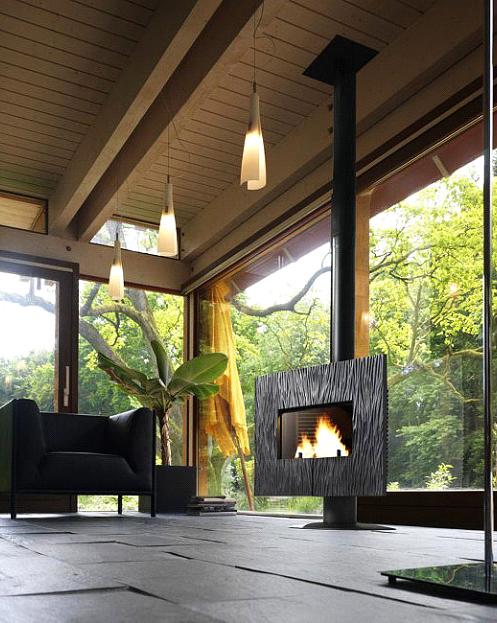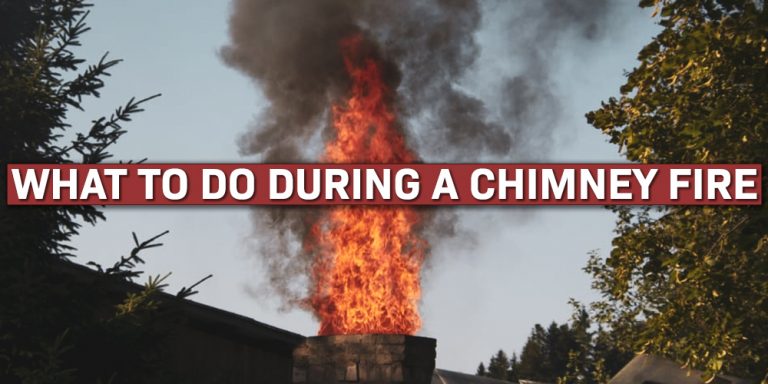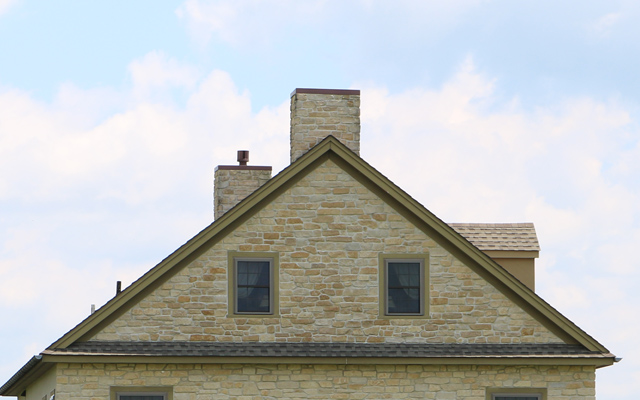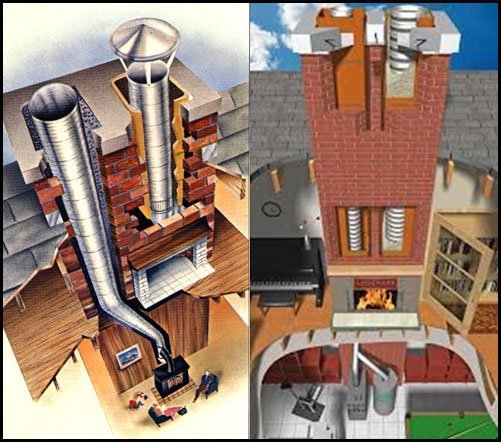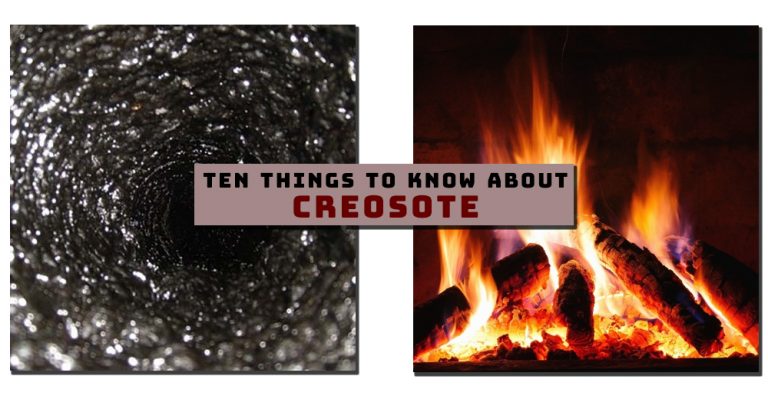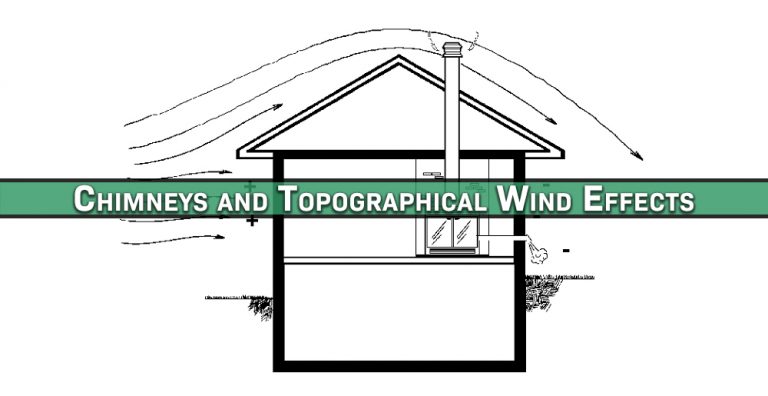The Evolution of Chimneys 101
Let’s begin with the concept of a chimney, what it is, what it does and how it works.
Although not all of the information is available about who invented the chimney, one can use their imagination on what might have happened to lead to the creation of a smoke evacuation system, because that is what a chimney really is.
It all began with the ability to harness, transport, and eventually, create fire. When you think about it, life must have been very cold for those living in northern climates before the evolution of fire.
This new ability created new challenges. For cave-dwellers, things probably got a bit smoky trying to stay warm. My guess is that somewhere along the way they happened upon a cave with a hole in the roof and someone thought to themselves, “Look at that. It’s not smoky in here because the smoke rises right out of that hole.” Native Americans realized this in the design of their Tipis, which has a ventilation system regulated by opening and closing a flap located at the top of the Tipi.
Eventually this understanding produced ovens, which were built using a hollow stack attached to a chamber, creating a space where fires could be built indoors to better cook or bake food. Early humans also realized that the heat from the oven would keep them warm and before long, the oven evolved into the fireplace. Fireplaces have a large opening at the base in which a fire is built, above which is a chimney that stretches higher than the structure the fireplace is in. The chimney gets warm and hot air rises up the chimney stack, taking the smoke with it.
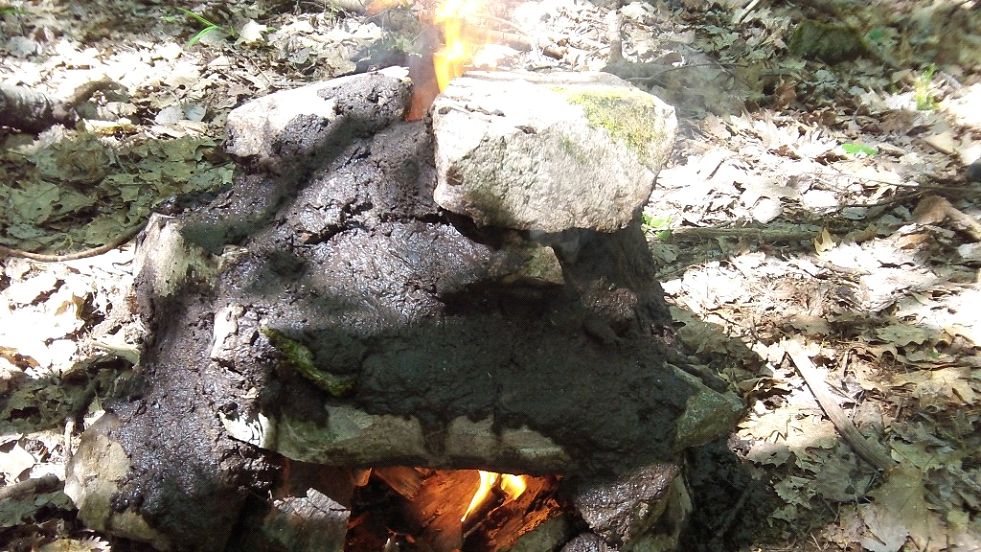
When masonry construction came along, there were finally structures that could be effectively heated with wood, peat, and coal. But even with the ability to heat structures, efficiency was lacking, and it took a lot of fuel to make heat because the chimney would draw the heat up and out of the room along with the smoke. However, with the widespread availability of forges thanks to the invention of the oven, the use of metal became more common for ordinary folk. It wasn’t long before someone discovered that simply installing a sheet of metal in the back of the fireplace would increase the heat output by reflecting the heat out of the fireplace.
Enter Benjamin Franklin. Franklin was growing tired of having to get up several times a night to feed a fire, so he created the Franklin Stove: A cast iron stove that easily slid into the fireplace opening. This invention controlled how fast the wood burned before it rose up the chimney, and it changed the way the fireplace heated by capturing the infrared heat inside the cast iron, then evenly radiating it out into the room with far less wood and longer burn times. The Franklin Stove evolved into an enclosed stove and it increased efficiency drastically with doors that could be closed to control the fire intensity.
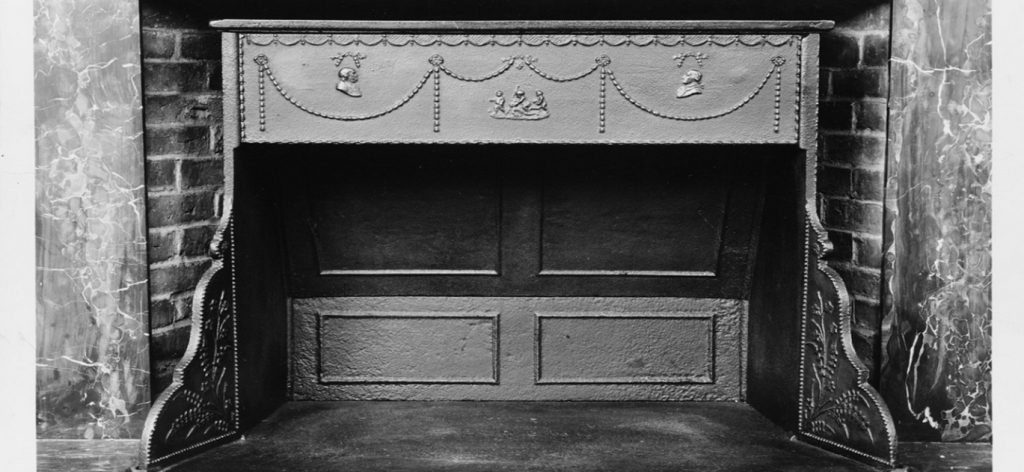

Fast forward to today. We now have modern, efficient, clean-burning fireplaces and stoves. These products work on the principle of combustion: Fuel, oxygen, and ignition. Combining these three things produces fire and mixing them in different ways offers different results. For example, adding lots of oxygen to the fuel mixture creates an inferno, while starving the fuel of oxygen forces the ignition to go out, and leftover coals will re-ignite any new fuels added to maintain the fire.
Efficient modern stoves and fireplaces all have several things in common. For one thing, they offer an air-tight firebox or combustion chamber. They also allow a precise way to control the combustion air and a secondary reburn system (or gasification chamber) that super heats the that air to create a cleaner, more complete burn cycle where hydrocarbon and particulate emissions are reduced. Many states in the USA have now adopted EPA emission regulations to encourage cleaner burns and reduce negative environmental effects caused by excessive wood smoke in populated areas.
In order for these units to operate properly, they require a certain amount of vacuum to draw in the combustion air in order to complete combustion. In other words, these stoves and fireplaces will not burn without a chimney. You can light a fire in the firebox, but it will likely go out as soon as you shut the door. Why? It needs the chimney to pull the combustion air into the firebox.
For these reasons, it’s very important to understand the fundamentals of chimneys and how they work, in order for your own chimney to perform safely and efficiently.
– Woody Chain
